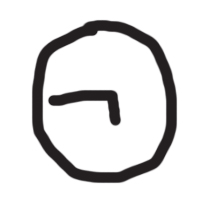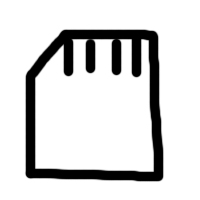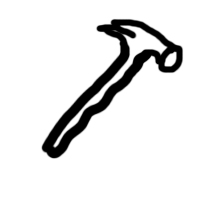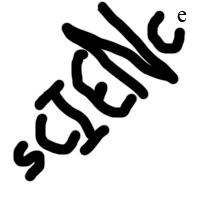Albert-Laszlo Barabasi "The random universe" (excerpt from Linked: How Everything Is Connected to Everything Else and What It Means, Perseus Books 2002)
In this excerpt, Barbasi uses the works of mathemeticians to build an understanding of networks. He eventually comes to the conclusion that all the nodes in the networks are connected. Not only connected, but all have an equal likelyhood of being connected. I think this could probably apply to several types of networks, but i dont agree that this could apply to every type. It kind of ignores the fact that even though each node could possibly be in any position in the network, doesn't mean that any node could. i mean i think he's ignoring natural variance, sociology, etc.
Joseph Beuys "I am Searching for Field Character", 1973 (in Participation, edited by Claire Bishop, The MIT Press, 2006)
Beuys uses this term -- social organism -- to talk about networks. he talks about the network that is our relationships with people, or relationships between people, (kind of like barabasi's network of evertone being related) is itself a work of art, with everyone involved a contributor. I guess online networks could also be looked at this way, but beuys wouldn't like it as much because not everyone alive is online, and therefor this social organism is incomplete. but its some kind of organism, and some kind of artwork, only less pure.
Artie Vierkant "The Image Object Post-Internet" (2010)
I didn't quite understand the vierkant text, but one thing that stuck out to me was in the preface, when he made this distinction between new media art, conceptualism and post-internet art. He says that New media is kind of an exploration of the meduims of technology, but dont really explore the cultural effects so much. Conceptualism, as the name implies, focuses on the concept instead of the physical. Post internet art, vierkant says, is somewhere in between, basically incorporating the best of both genres.
Pierre Levy "The Art of Cyberspace" (in Electronic Culture: Technology and Visual Representation, ed. T. Druckrey, Aperture, 1996)
This article is about the unique qualities of the internet with relation on how it affects art on the web. The distinctions made revolve around the editability and impermanence of things on the web. The notions of the "author" and the "work" become harder and harder to define, with the observer becoming the creator.





